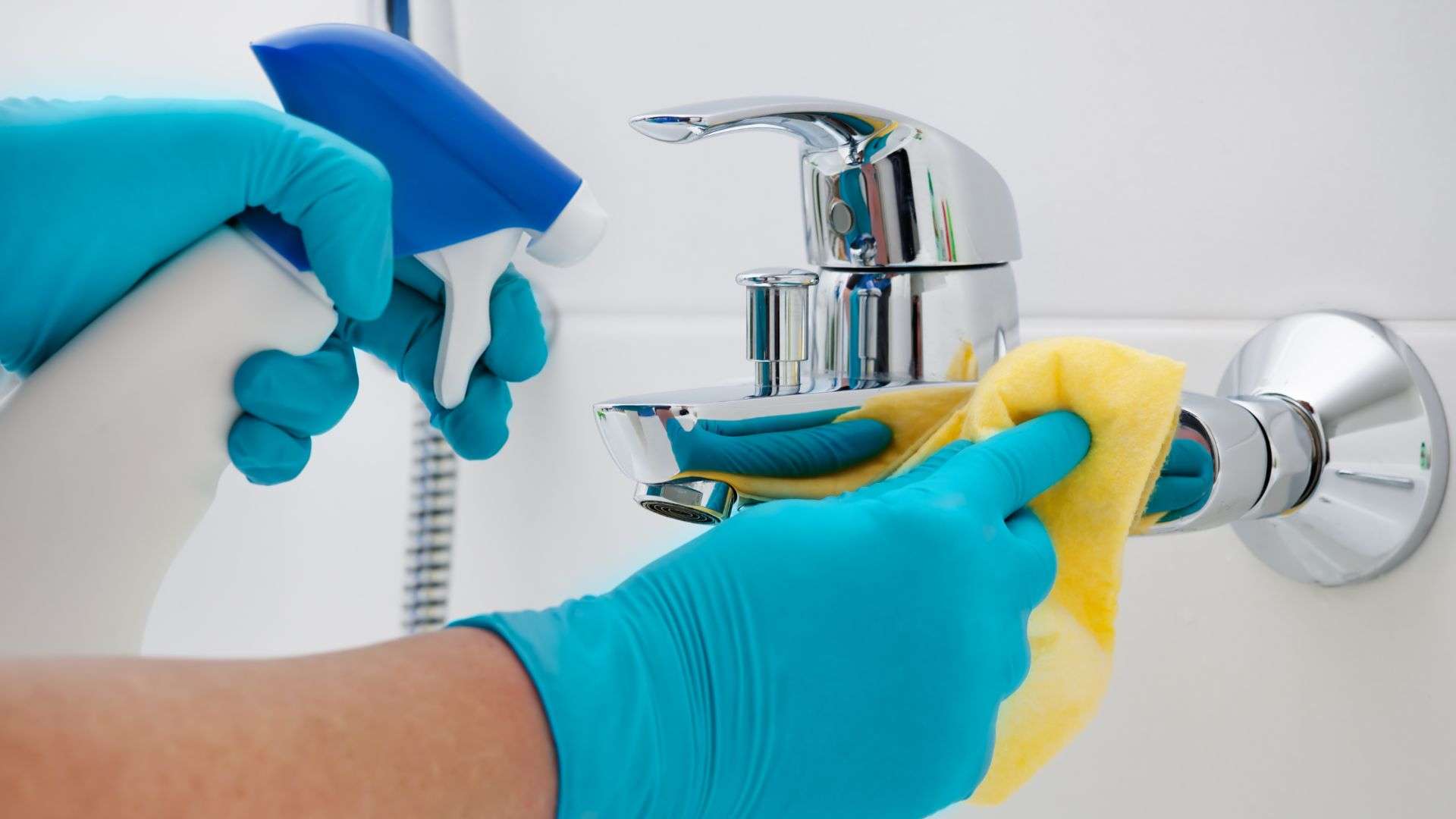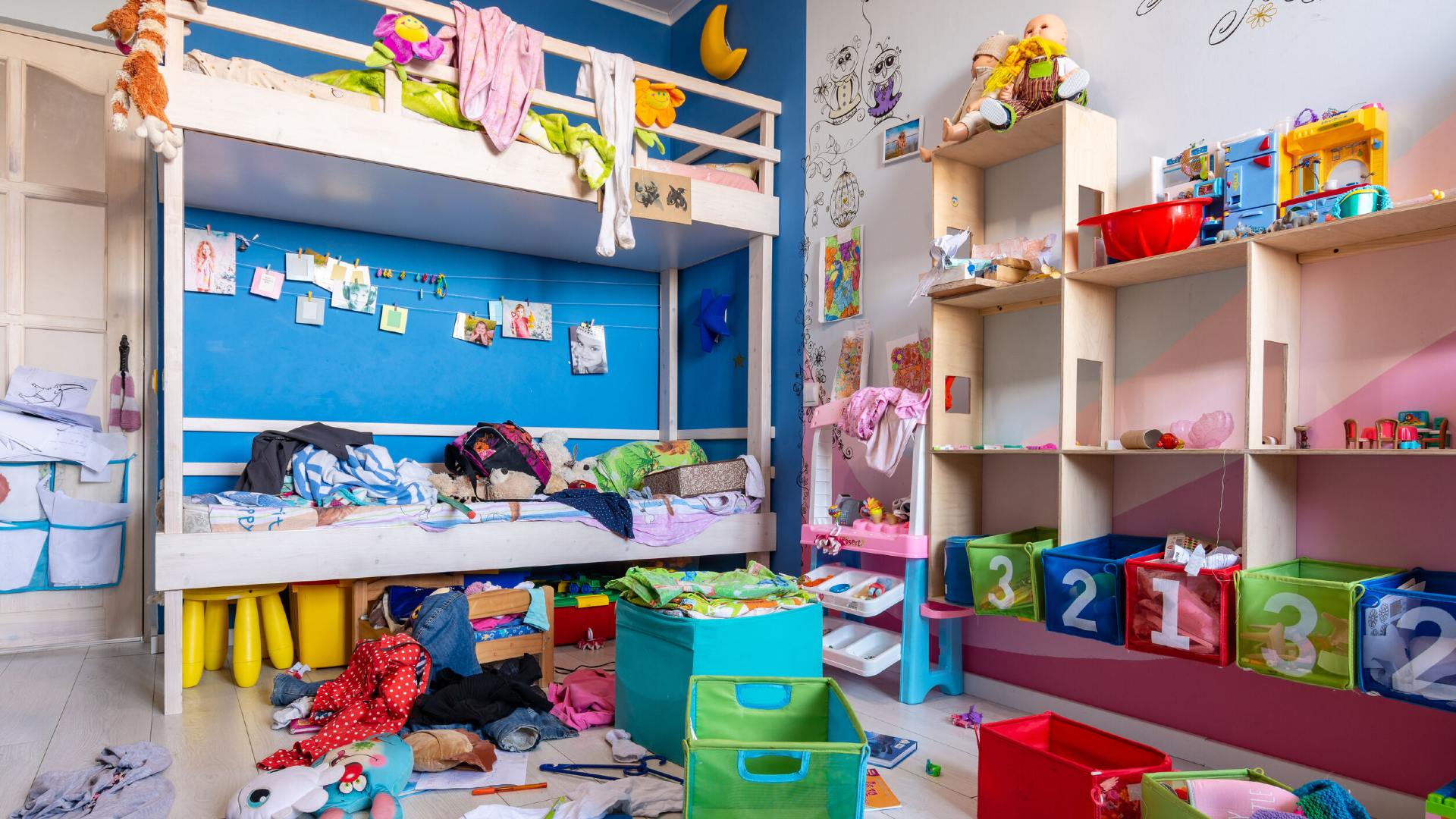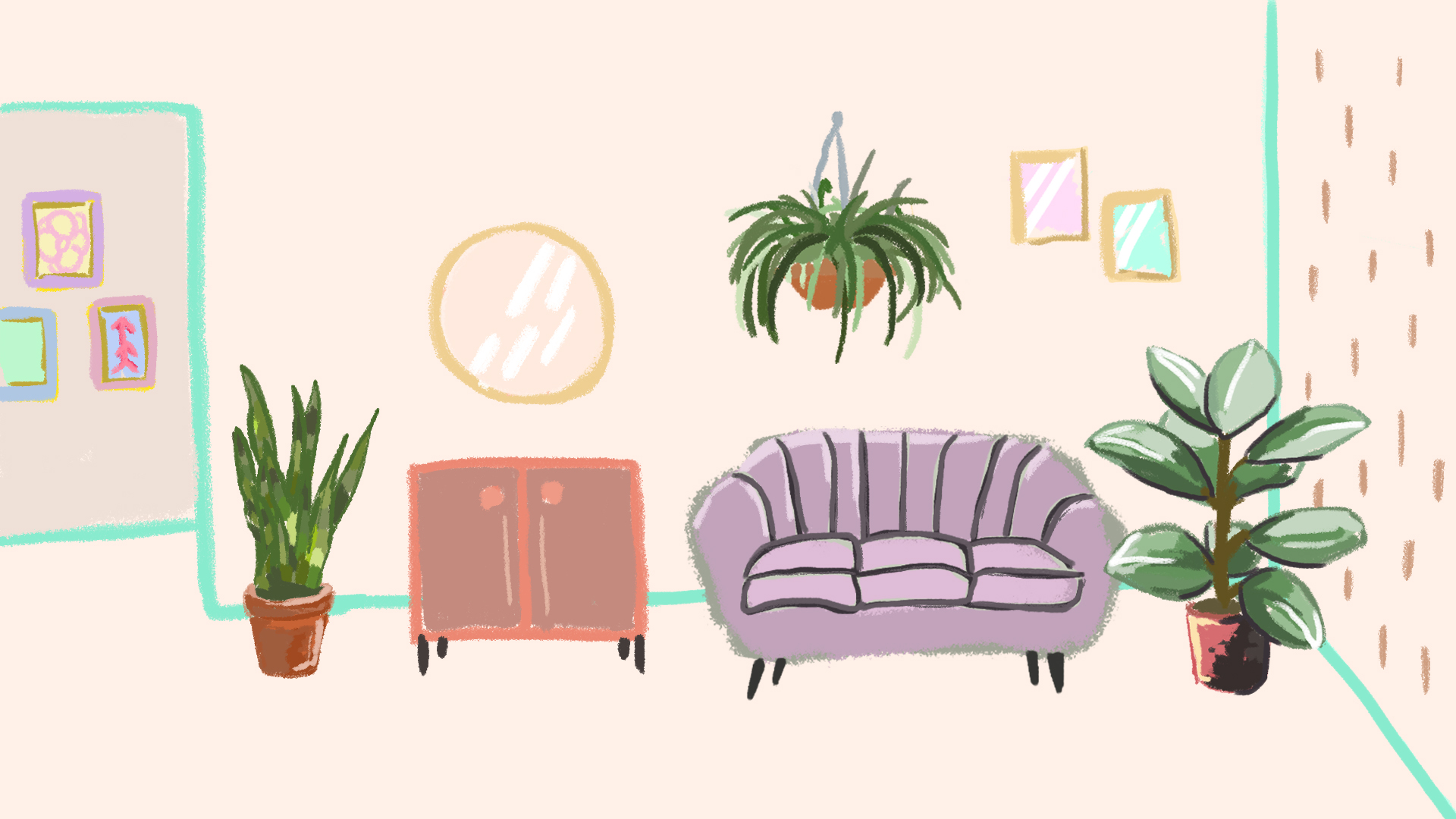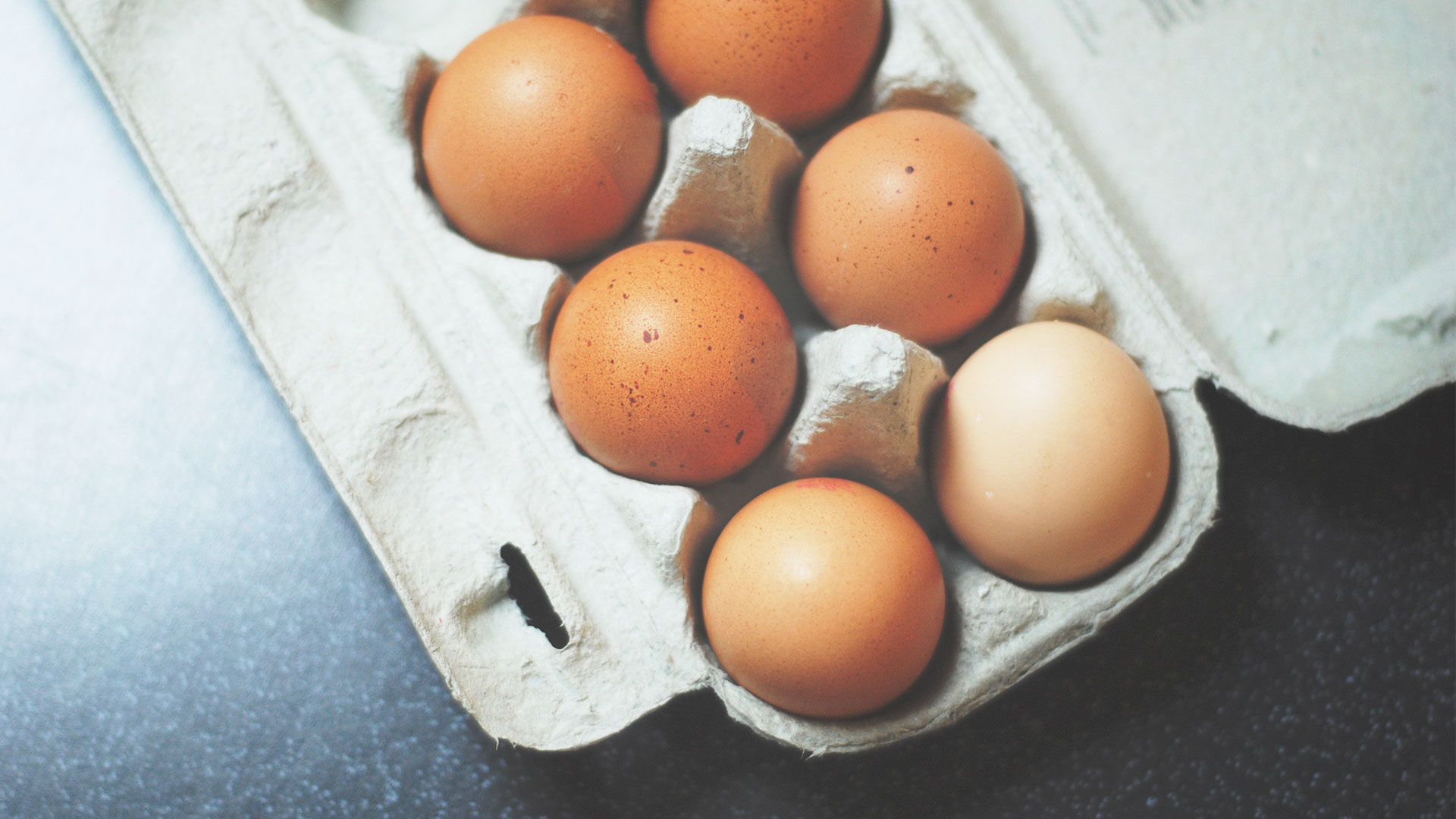CNY Spring Cleaning: 8 Bathroom Mistakes You Didn't Know You Were Making
You know bathrooms are the most germ-ridden area of the home, but when it comes to cleaning a bathroom, there’s a huge difference between ‘cleaning’ and cleaning properly.
Here's what you might be doing wrong:
1. Using multipurpose cleaner on every surface
While the bottle may say multipurpose, it actually doesn't mean that it's appropriate for every surface in your bathroom, unfortunately. Most multipurpose cleaners might not have the strong germ-killing power needed for high-traffic, high-germ areas like toilets, so you really need a disinfectant instead. Bathing areas and tiles should be cleaned using their own specific products too, as should the sink and countertops, and glass and mirrors. Using the wrong kind of cleaner (for instance, using an acidic multipurpose solution on a granite counter), could actually degrade the surface over time. Likewise, harsh scrubbing cleansers that are very abrasive for surfaces such as stainless steel can damage the finish.
2. Wiping surfaces right after spraying them
Instead of just spraying on the cleaning products and wiping them off almost immediately, you’re much better off letting them rest for a few minutes, giving them time to break down the bacteria effectively. Read product labels to see how long you should let the solution sit before wiping.
3. Using the same sponge on every surface
Are you using the same sponge to wipe down your toilet and then clean your bathroom sink? Not only do you need separate cleaning products to keep your bathroom clean, but you also need to use separate sponges to avoid cross-contamination.
4. Using lemon-based products on your toilet
Lemon-scented cleaners may make your house smell good, but did you know that using them to clean your toilet causes long-term damage? The acidic content in such cleaners wears down the rubber used in toilets and sinks over time and can cause leaks down the road.
5. You aren’t cleaning behind your toilet
Cleaning the toilet bowl and the flush is great, but it’s not the whole toilet. When flushing with the toilet seat open, it’s easy for micro bits of urine and fecal matter to build up behind the toilet, leaving behind a residue that gets harder and harder to clean over time. Roll up a few disposable paper towels (safer than using something that will need to be thoroughly washed before the next use), spray them with a strong antibacterial cleaner, and scrub the back of the toilet. Let the solution sit for a few minutes and then wipe down with dry paper towels.
6. Putting away a wet toilet brush
If you're putting your toilet brush away before it has a chance to dry, you're creating a veritable petri dish in its holder, giving bacteria the perfect environment to breed in. Next time, lay the wet brush across the bowl to dry completely before putting it back in its stand. Tip: give the brush a good soak in an antibacterial cleaning solution from time to time.
7. You don’t clean your hair brush
Yes! Hair brushes are part of the bathroom cleaning ritual too and need to be cleaned regularly. Like sponges and carpets, hair brushes trap unwanted dust, dirt, oils, and old hair products, so each time you brush your hair, you’re actually re-depositing all that grime and oil back into your hair and onto your scalp. For a clean bathroom, start off by removing all the hair caught in the bristles. Then mix a solution of 1 cup water, 1 teaspoon shampoo, and 1 teaspoon baking soda, apply it to the bristles and base of the brush, and gently brush with an old toothbrush. Rinse and use when dry.
8. Not dusting before cleaning
If you're not dusting before you clean, you're doing extra work because the dust is essentially moving from one place to another, and not being eliminated. Plus, there’s a good chance that the bacteria trapped in that dust is still present too. Instead of using paper towels to dust bathroom surfaces, use microfiber cloths instead. These cloths are composed of ultrafine synthetic fibers woven together to create a static charge that attracts dirt and dust, so you can tackle dusting without using sprays. Simply wash after use and reuse again.
For the latest updates on Wonderwall.sg, be sure to follow us on TikTok, Telegram, Instagram, and Facebook. If you have a story idea for us, email us at [email protected].











